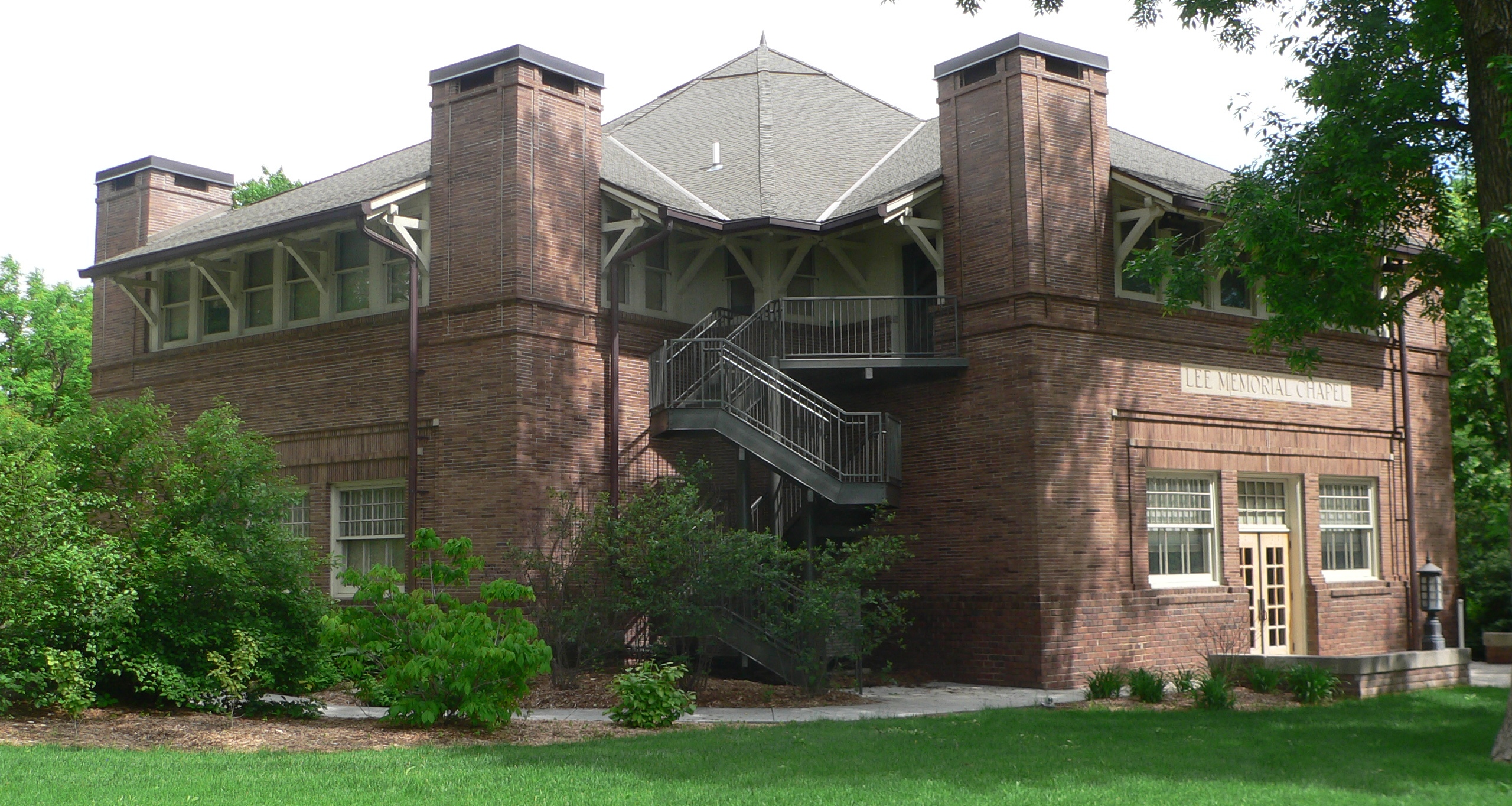
Originally published in the Omaha World-Herald
It was a pretty good deal.
Dana College contributed 7 percent of professor Carla Delucchi’s salary to her retirement account — if she put in 5 percent.
That extra money was one reason the biology professor took a job there.
Now the private Lutheran school has stopped making contributions toward employees’ retirement. The decision could save the Blair, Neb., college $226,000 annually. Dana’s move — albeit uncommon in higher education — is an example of how small private colleges across the Midlands are trying to cut costs.
Endowments are down. Donors aren’t feeling as philanthropic, and operating costs to keep the college going likely will rise every year. For now, the schools are looking for trims, such as reducing staff travel, with little direct impact on students. Campus leaders at Dana and elsewhere say they’re trying to avoid significantly raising tuition, cutting scholarship budgets or laying off faculty.
“We’re not glad this happened, but most of us understand why it had to,” Delucchi said. “This was the lesser of the evils.”
Nebraska’s private colleges rely more heavily on tuition revenue, private donations and endowment dollars than public schools.
For example, state aid makes up about 60 percent of Chadron State College’s operating budget. In contrast, at the private Doane College, in Crete, Neb., 60 percent of the school’s budget comes from tuition and fees. Hastings College’s endowment — which once stood at $69 million — has taken a 20 percent hit. The college froze hiring and told administrators to make less-expensive travel plans, said Phillip Dudley, the college’s president. No other cost-cutting moves have been finalized.
Hastings might delay a $1.2 million makeover of the student center’s cafeteria this summer. The plan calls for new tables, kitchen appliances and possibly a new ceiling and carpeting. The project, funded by private donations, may wait another year.
Sophomore Curt Casper, 20, said that wouldn’t cause uproar among students. While the cafeteria is outdated, he said it’s “functional and it doesn’t need to be updated.”
Dudley said there’s a good chance the school will raise tuition next year, although he’s not certain how much. The college has raised tuition 5.7 percent, on average, for the past six years.
Three things prompted Dana to halt the retirement contributions. The $12.9 million endowment took a 22 percent hit in the second half of 2008. The college saw an 11 percent drop in enrollment this year. And employee health insurance premiums increased.
College officials want to begin contributing again, but they don’t know when. When Delucchi came to the college in 1996, the college contributed 10 percent of her salary to her account.
Even before the stock market started to tank, the 550-student school was having financial problems. In 2006, it eliminated five academic programs and cut faculty and staff positions. The college, along with nearby Midland Lutheran College, also has dealt with declining enrollment.
Delucchi said some employees have stopped contributing to their retirement accounts. She has increased her monthly contribution by $120, about half of what the college had contributed.
“Retirement is really important to me,” she said.